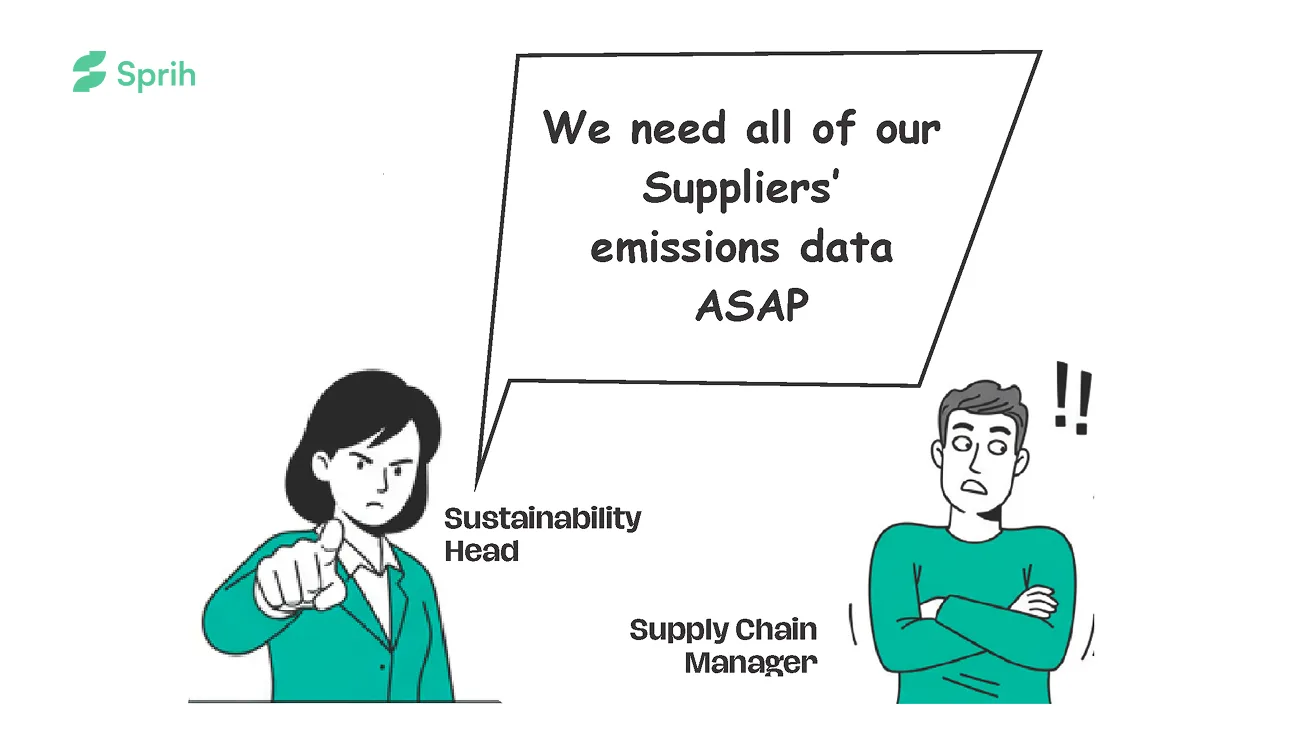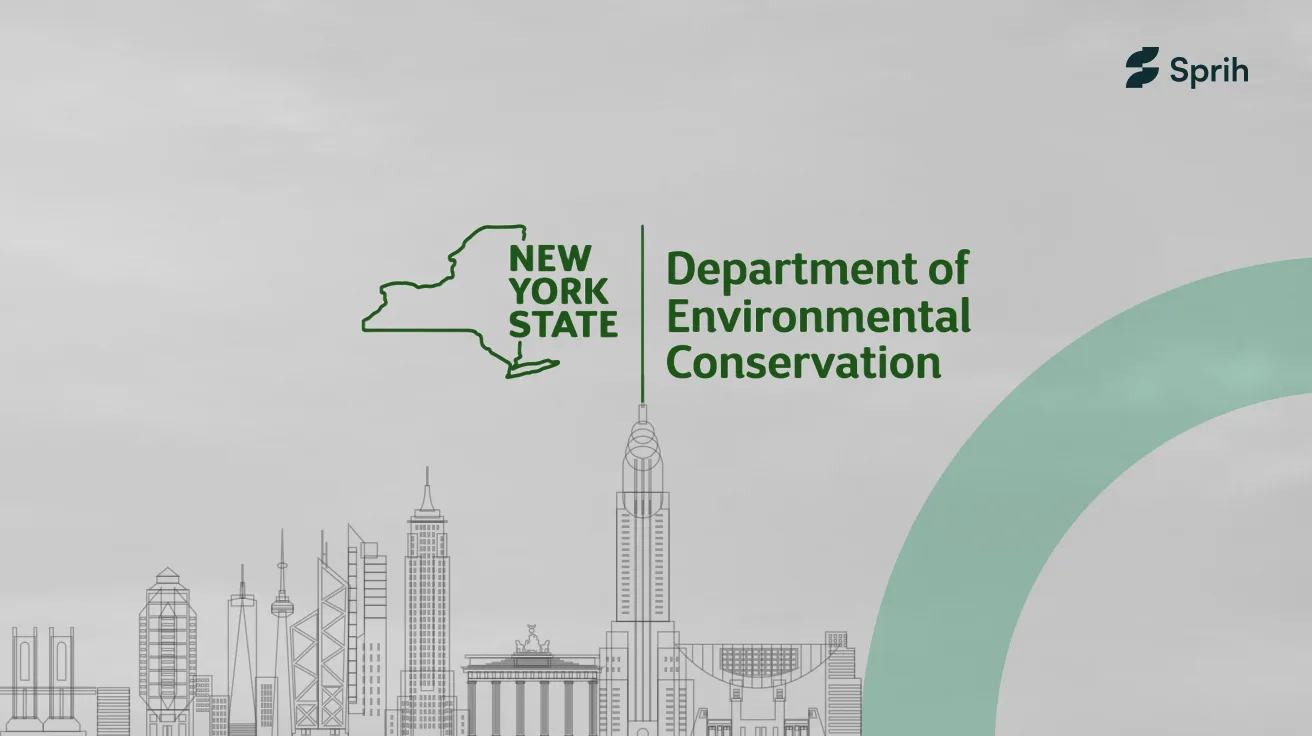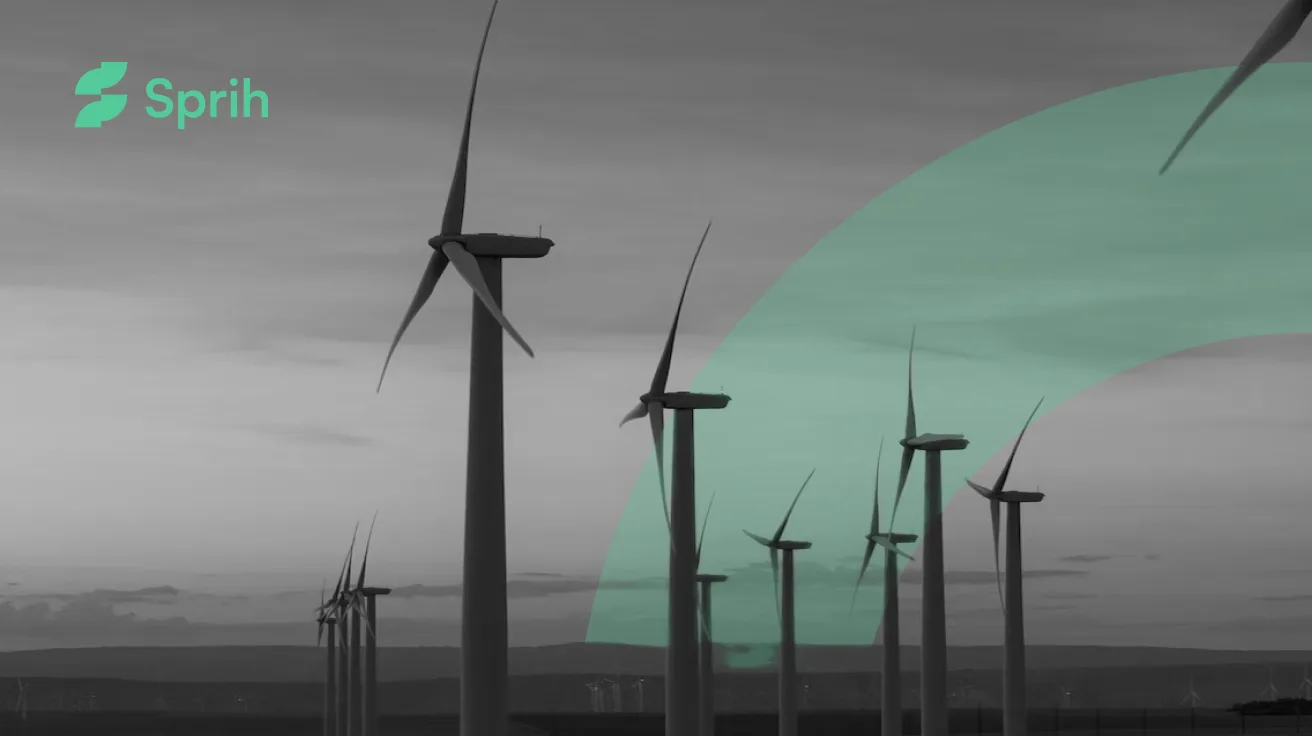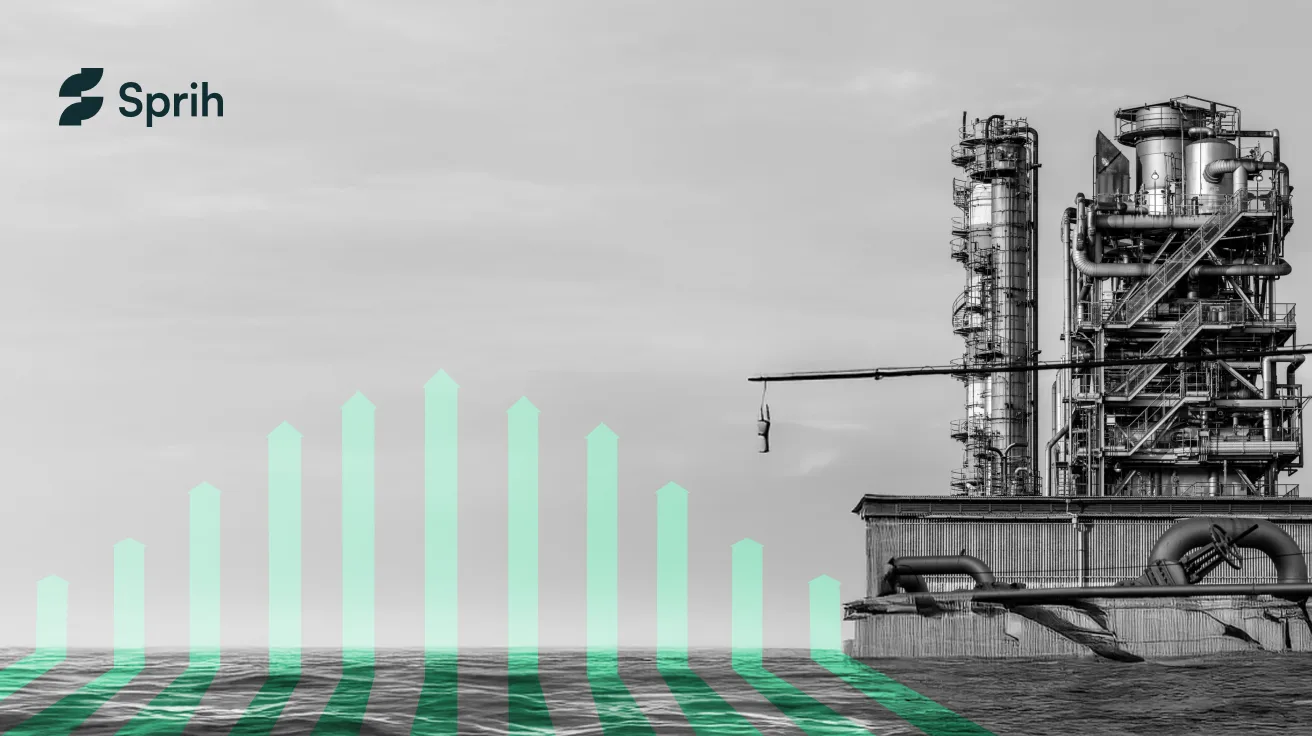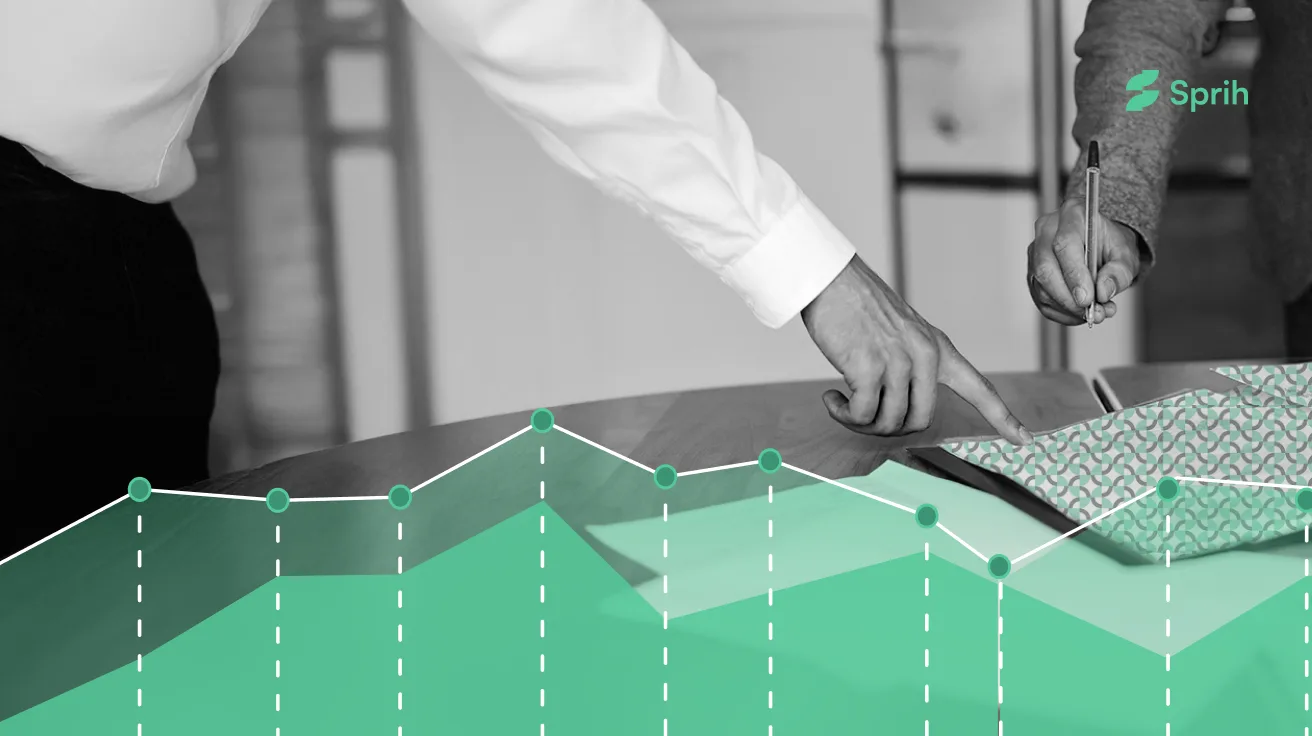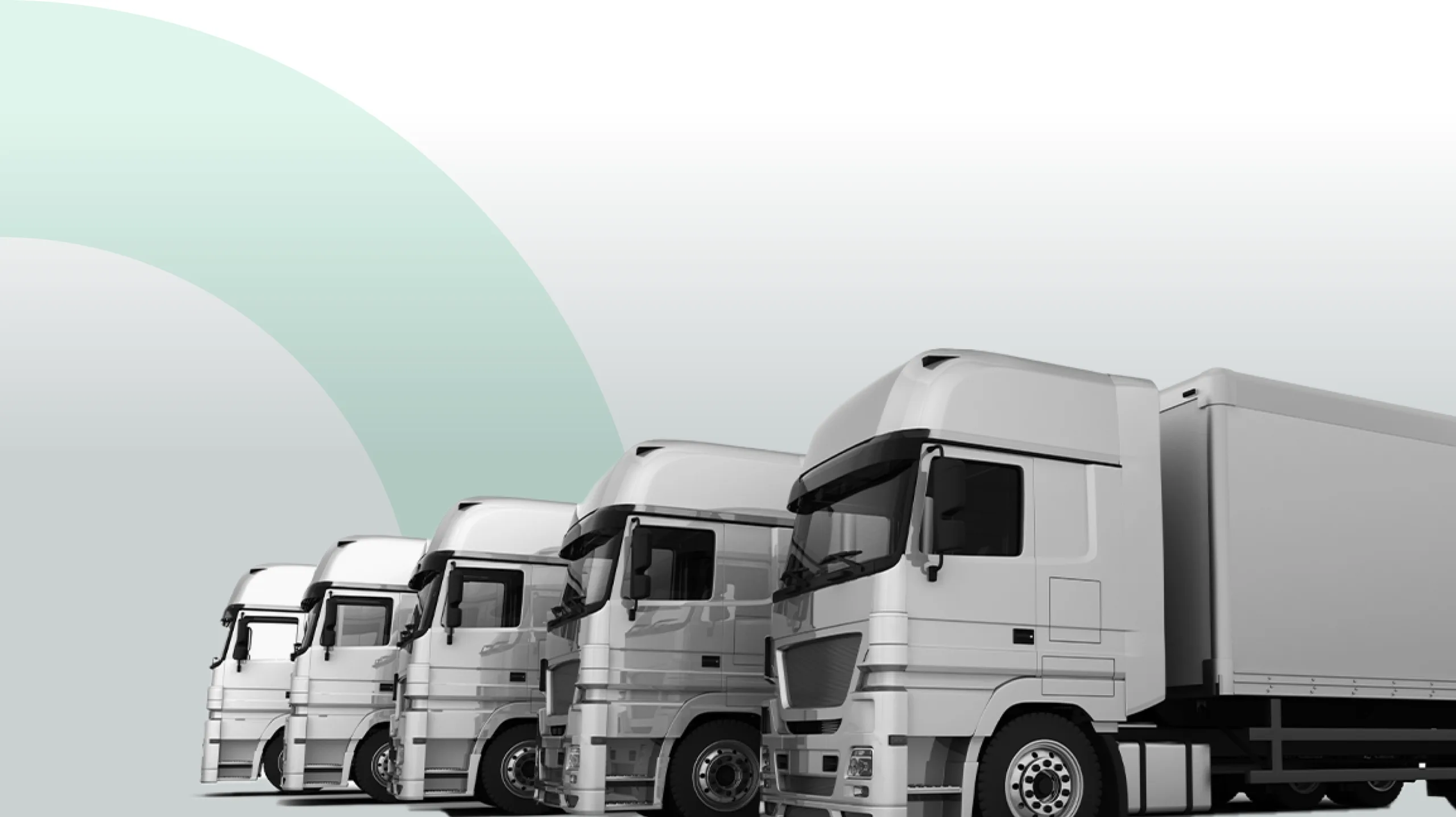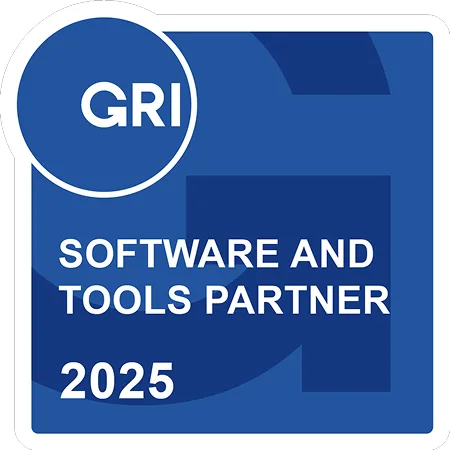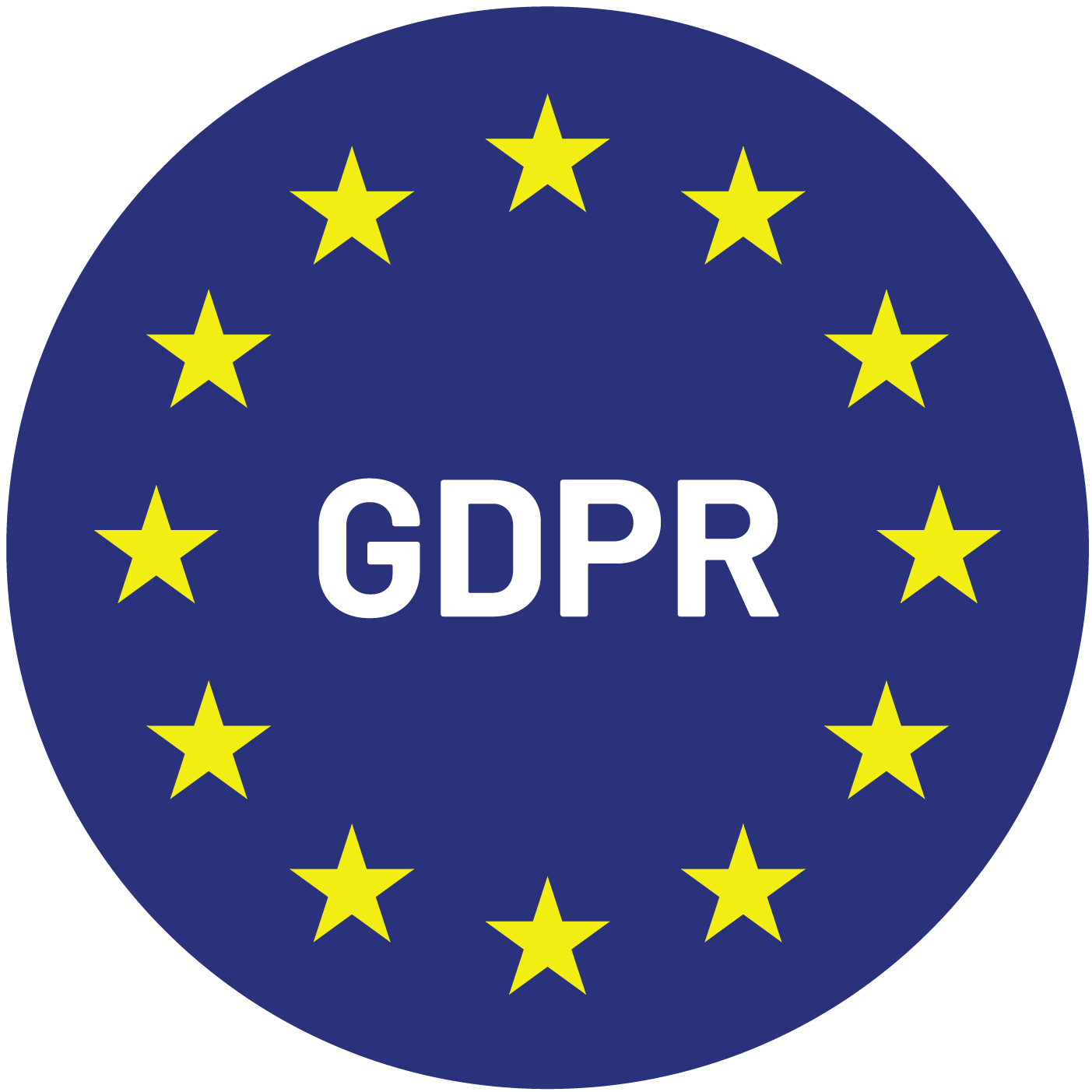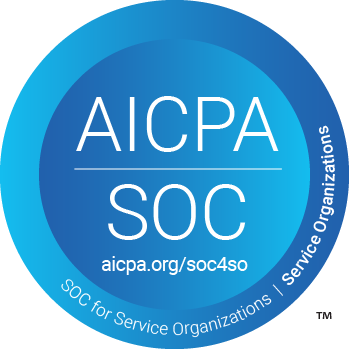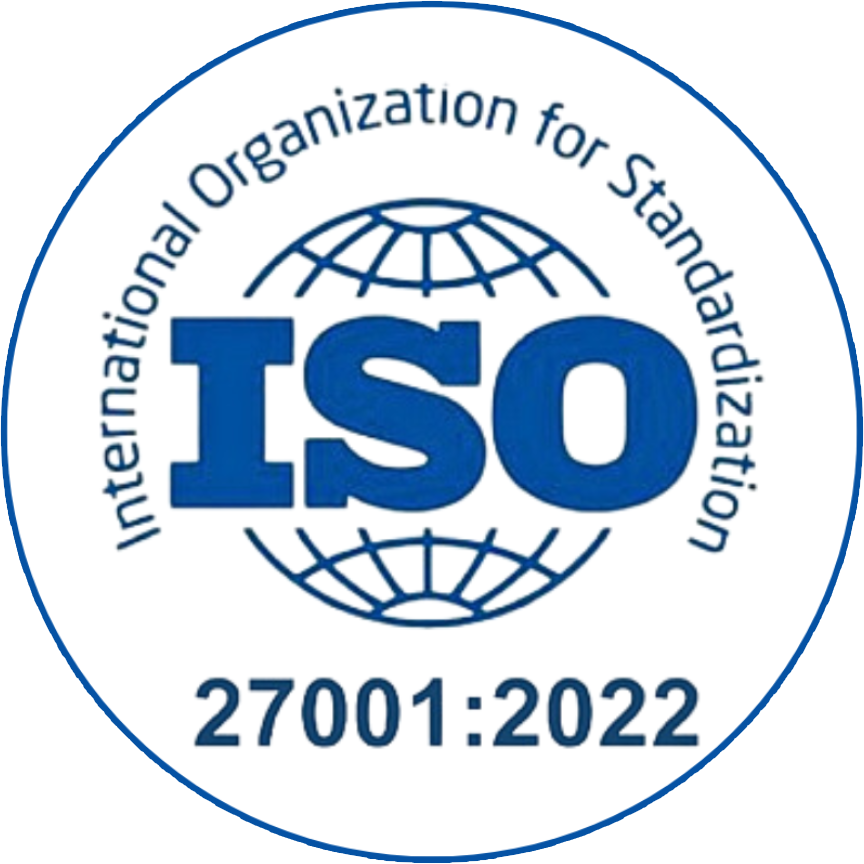California’s SB 253 and SB 261 climate disclosure laws are reshaping industry operations, creating unique compliance challenges and adaptation strategies across sectors. While the laws apply uniformly to companies above a revenue threshold, the way each industry experiences these requirements is anything but uniform. The challenges, gaps, and adaptations differ significantly between sectors. This blog breaks down exactly how.
Technology & AI: Data-Rich, Emissions-Light, Still On the Hook
At first glance, tech companies seem like they’d have an easy ride. Their direct emissions are minimal. Most don’t own manufacturing plants or large transport fleets. But that’s exactly why regulators and investors expect them to lead by example.
Unique Compliance Challenges:
- Scope 2 hotspots: High energy consumption from data centers, especially those supporting AI and blockchain operations.
- Scope 3 ambiguity: Difficulty estimating emissions from cloud usage, remote work, and hardware manufacturing outsourced to OEMs.
- Material risk reporting: Intangible but critical risks like reputational loss or customer churn from poor ESG performance.
Industry Adaptation Tactics:
- Working with hyperscalers to access real-time emissions data by workload and geography.
- Launching internal carbon pricing models for software and procurement decisions.
- Developing customized lifecycle analysis for hardware products.
- Running TCFD-aligned scenario planning focused on energy security and data regulation.
Retail & Consumer Goods: Where Scope 3 Becomes a Supply Chain Maze
For retailers and CPG brands, Scope 3 emissions often make up over 90% of their carbon footprint. SB 253 mandates not just disclosure but structured accounting, and for these companies, that means unpacking supply chains they don’t fully control.
Unique Compliance Challenges:
- Disaggregated suppliers: Thousands of suppliers across different tiers, languages, and data maturity levels.
- Consumer use emissions: Hard to model and generalize, especially across regions and product lines.
- Seasonal data variance: Inventory and energy use fluctuate dramatically throughout the year.
Industry Adaptation Tactics:
- Deploying supplier engagement portals with emissions estimation tools.
- Segmenting suppliers by spend, geography, and risk to prioritize data requests.
- Creating SKU-level emission factors based on product lifecycle analysis.
- Using machine learning to interpolate missing emissions data.
Logistics & Transportation: High Emissions, Low Control
The logistics sector is among the highest emitters, but what makes SB 253 especially tough is the lack of visibility into outsourced operations. Subcontracted freight, third-party warehouses, and multi-modal transport blur the boundaries of data ownership.
Unique Compliance Challenges:
- Subcontractor opacity: Emissions data for leased fleets or subcontracted deliveries is often unavailable.
- Diverse fuel sources: From diesel trucks to electric cargo bikes, emissions intensity varies widely.
- Cross-border complexity: Different reporting norms, fuel standards, and unit conventions.
Industry Adaptation Tactics:
- Installing telematics across owned and subcontracted fleets for real-time data capture.
- Standardizing fuel reporting templates across vendors and third-party logistics (3PLs).
- Conducting route-level emissions modeling.
- Coordinating with clients to allocate shared emissions fairly.
Real Estate & Construction: Fixed Assets, Moving Risks
SB 261 in particular poses a direct challenge to this sector. Wildfires, floods, and rising sea levels are no longer future risks—they’re here now. Meanwhile, SB 253 forces property owners and managers to grapple with Scope 1 (onsite fuel), Scope 2 (electricity), and embodied carbon.
Unique Compliance Challenges:
- Leased property ambiguity: Who reports emissions, landlord or tenant?
- Legacy infrastructure: Older buildings without smart meters or central energy tracking.
- Embodied carbon: Upstream emissions from cement, steel, and other materials.
Industry Adaptation Tactics:
- Installing building energy management systems (BEMS).
- Mapping properties against wildfire zones and flood plains.
- Using lifecycle carbon models during design and retrofit phases.
- Publishing GRESB-aligned performance data.
Life Sciences & Healthcare: Emissions in a Controlled Environment
Life sciences firms operate in highly regulated environments with strict safety, temperature, and ventilation requirements. That means high energy intensity is often unavoidable, but SB 253 doesn’t give exemptions.
Unique Compliance Challenges:
- HVAC dependency: Cleanrooms and sterile environments require continuous operation.
- Chemical usage: Emissions from production chemicals and reagents are hard to track.
- Contract manufacturing: Outsourced production often means low visibility into Scope 1 and 2 emissions.
Industry Adaptation Tactics:
- Retrofitting lab HVAC systems with energy-efficient alternatives.
- Integrating emissions tracking into procurement and safety review systems.
- Running material-specific emissions analysis for high-volume chemicals.
- Collaborating with CROs and CMOs to collect verified emissions data.
Financial Services: Reporting Emissions They Don’t Create
Banks and asset managers are in a unique bind. Their Scope 1 and 2 footprints are tiny, but Scope 3 (specifically Category 15: financed emissions) can be orders of magnitude larger.
Unique Compliance Challenges:
- Financed emissions: Complex methodologies (e.g. PCAF) needed to calculate emissions from loans, bonds, and equity stakes.
- Climate risk exposure: SB 261 requires scenario modeling for portfolio companies.
- Data asymmetry: Most investees are not yet reporting under SB 253 or equivalent standards.
Industry Adaptation Tactics:
- Running Paris-alignment analysis on portfolios.
- Building internal climate dashboards to flag exposure by sector, geography, and asset class.
- Designing lending frameworks tied to borrower emissions performance (e.g., sustainability-linked loans).
- Using proxy models where borrower-level data is unavailable.
Sector-Agnostic Trends
- Rising cost of assurance: As more firms seek limited assurance, demand for auditors is surging.
- Consolidation of ESG and risk functions: Companies are folding climate compliance into enterprise risk management.
- Tech stack reevaluation: Companies are upgrading data systems to ensure auditability and traceability.
How Sprih Helps
Sprih works across industries to simplify compliance with:
- Sector-specific data ingestion APIs
- Real-time supplier emissions estimation tools
- Audit-ready reporting modules with assurance workflows
- Customized Scope 3 calculators aligned to GHG Protocol
We enable logistics firms to model subcontractor emissions. We help real estate portfolios flag climate risks. We let consumer brands prioritize suppliers by impact and maturity. That’s how compliance becomes strategy.
FAQs
What unique compliance challenges do technology and AI companies face under SB 253 and SB 261?
Technology and AI firms typically have minimal direct emissions but high energy consumption from data centers and ambiguous Scope 3 footprints related to cloud usage and hardware manufacturing. They also face intangible transition risks such as reputational damage or ESG-driven customer churn. To respond, they engage hyperscalers for real‑time emissions data, internal carbon pricing, and scenario planning aligned with TCFD.
Why are retail and consumer goods companies especially challenged by SB 253?
For retail and CPG firms, Scope 3 emissions—often accounting for over 90% of their total footprint—stem from complex supply chains and customer use phases. They struggle with fragmented supplier data, seasonal variability, and modeling consumption emissions across product lines. Many address this by deploying supplier portals, segmenting suppliers, and using machine learning to estimate emissions.
How does SB 253 impact logistics and transportation companies differently?
Logistics firms often rely on subcontracted carriers, making data ownership and fleet emissions tracking difficult. Challenges include opaque subcontractor data, diverse fuel sources, and varying fuel standards across regions. Strategies include installing telematics across fleets, standardizing fuel reporting, and conducting route-level emissions modeling.
What risks do the real estate and construction sectors need to address under SB 253 and SB 261?
Real estate and construction firms must contend with direct emissions tied to onsite fuel and electricity usage, plus regulatory pressure to account for embodied carbon in materials. Under SB 261 they also need to assess physical climate risks such as wildfires, floods, and sea-level rise.
Why is SB 253 particularly challenging for life sciences and healthcare industries?
Life sciences and healthcare firms operate in highly regulated, energy-intensive environments with strict ventilation, temperature, and safety requirements. That high baseline energy usage makes Scope 2 compliance costly and operationally complex, without room for traditional efficiency measures.
How do financial services firms confront Scope 3 reporting under SB 253?
Banks and asset managers often own minimal Scope 1 and 2 emissions, but their financed emissions (Scope 3 Category 15) can vastly exceed these. They must assess emissions tied to client portfolios, requiring new modeling processes, data collection systems, and industry-standard estimates.
What adaptive tactics do corporations across industries use to prepare for SB 253 and SB 261 compliance?
Most industries are deploying digital emissions platforms, engaging more deeply with supply chains, integrating internal carbon pricing, automating risk scenario planning, and enabling cross-functional coordination across finance, legal, operations, and sustainability teams. These steps build audit-ready systems and align with global standards like GHG Protocol and TCFD.

